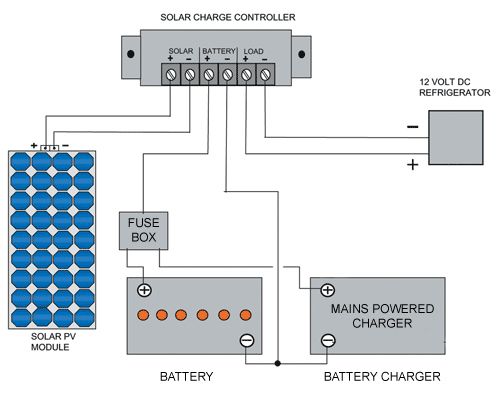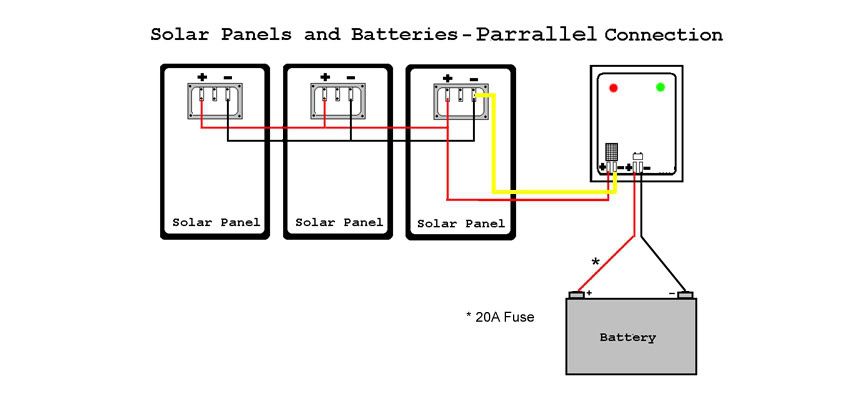



Solar Charge Controllers and Regulators
What is the function of a Solar Charge Regulator?
The main function of a controller or regulator is to fully charge a battery without permitting overcharge and at the same time preventing reverse current flow at night. Simple controllers contain a transistor that shunts the PV charging circuit, terminating the charge at a pre-
How do solar regulators work?
The electronic circuitry in a controller monitors the voltage of the connected battery and determines the state of charge of
the battery. As the battery nears full charge the amount of current flowing to the battery is reduced until the battery reaches
its full state of charge.
Advanced functions.
Some solar controllers have advanced functions, these may include low battery disconnect, timers and output control.
More expensive controllers have the ability to measure amps and battery state of charge to give the user more control over
power usage and battery management.





